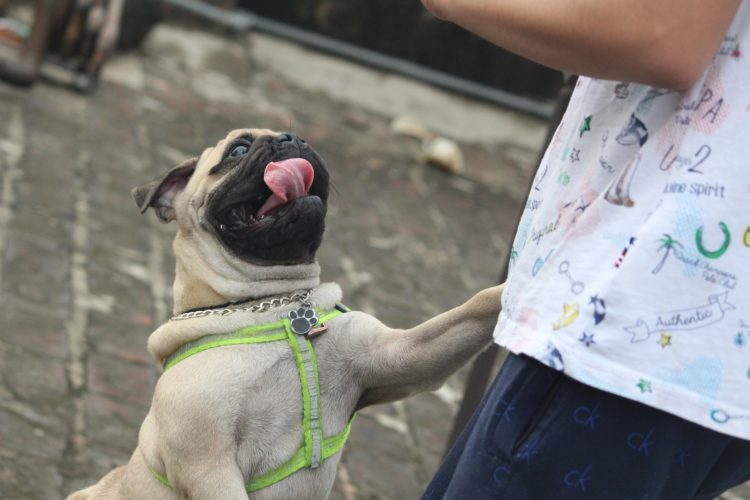5 TIPS TO PREVENT YOUR DOG GETTING LOST
Have you ever lost your dog? Or is your dog an escape artist? The these 5 Tips to Prevent Your Dog from Getting Lost will help you….
Losing a pet dog may be one of the worst things a dog owner can possibly endure, especially in cases when it could have been easily prevented. To help dog lovers avoid this heartbreak, we’ve compiled a list of the most common strategies that can prevent your canine companion from getting lost or stolen.
1. Use a proper dog collar and leash.This is one of the most fundamental responsibilities that come with owning a dog. Securing your dog with a leash – one that is also attached to a proper and durable collar – prevents them from wandering off or getting stolen. Make sure that your dogs are properly tied, especially when you have to leave them by themselves for any amount of time. Going beyond this, attaching dog ID tags to your dog’s collar will also help neighbors, well-meaning strangers, and law enforcement officers identify and return your cherished canine companion.

2. Don’t leave your dogs unsupervised for too long. Leaving your dogs leashed in a fenced area may not be too risky if it’s just for a few hours. But if you need to be away for longer periods, it is best that you employ additional eyes to ensure that they don’t wander off. Get a dogsitter if you’re going to be away from home for more than a day or so. If that isn’t possible, dropping them off at a pet boarding facility can be a good alternative. Just make sure that the facility itself is clearly well-maintained, has great reviews from happy customers, and is not that cost-prohibitive.

3. See about having your dog microchipped. Today’s technological breakthroughs have made nearly all aspects of our lives easier and much more convenient — and finding lost pets is no exception to that. Microchipping allows pets to carry their name and owner’s contact information with them at all times, even when their collars are either removed or lost. Having your dog microchipped means painlessly planting a tiny, grain-sized microchip under the dog’s skin. Veterinarians and law enforcement officers can then scan a lost pet’s microchip to access your contact details. This way, they can get in touch with you and swiftly return your dog.
4. Have your dog spayed or neutered (desexed). Having your dogs ‘fixed’ helps control dog population. Additionally, it also prevents your dogs from wandering away and getting lost. Dogs that have been spayed or neutered no longer feel the need to look for a suitable mate or partner, so they are less likely to attempt to escape and roam the streets during mating season. Neutering can also improve your dog’s disposition as it can make them calmer and more protective of their family.

5. Make sure their documents are up to date. Recent photographs, vaccination papers from the vet, licenses and lineage papers – if a paper has something to do with your pet, make sure to treat it with the same level of care as you would your own paperwork. On the off-chance that your pet does get lost, these papers can help identify YOU as your dog’s real owner when someone else tries to claim your dog for their own.
There are lots of other steps that you can take to keep your dog safely with you, but we feel that these five tips should be the bare minimum for any dog owner. Yes, some of the tips above may look like tedious busywork. However, you should always remember that these steps will prevent you from losing your pet. Avoiding that heartbreak alone should be enough motivation to carry out these practical steps.
From the author:
Hi, my name is Grace Cortez and I’ve been a blogger for almost 3 years now. I love taking care of dogs, and I like collecting dog accessories like tags, collars, and leashes for my pets. You can read about my dogs, Logan and Arzu, on my blog.
Note from Dr Jo: Is your dog an escape artist? A physical fence stops dogs escaping better than an electronic fence, as research shows and is discussed at Companion Animal Psychology.
More about training dogs
Things Dog Trainers Wish Dog Owners Would Do
Basic commands used in dog training
Training your dog: Which learning/training style do you use?
Pets and owners: You can learn about one from studying the other






Comments are closed.